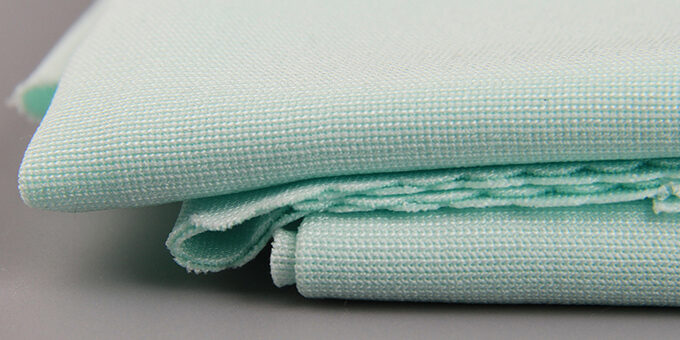Any product has its advantages and disadvantages. As a biodegradable and environmentally friendly synthetic fiber, polylactic acid (PLA) fiber fabric has many advantages, but it also has some drawbacks. Here are the details:
Advantages:
- Biodegradability and Environmental Friendliness: PLA fiber is made from agricultural products like corn and wheat. It can be decomposed into carbon dioxide and water by microorganisms in nature, making it an eco-friendly material that aligns with sustainable development strategies.
- Safety: PLA fiber is biocompatible and can be safely implanted in the body without toxic side effects. It is suitable for medical applications such as surgical sutures and tissue engineering scaffolds.
- Weather Resistance: After 500 hours of outdoor exposure, PLA fiber retains about 55% of its strength, demonstrating good weather resistance.
- Skin-friendliness and Comfort: Products made from PLA fiber are compatible with human skin, providing comfort and suitability for close-fitting use.
Disadvantages:
- Uncontrollable Degradation Cycle: The degradation cycle of PLA is difficult to control. If there are very specific standards for degradation time, it may affect its effectiveness in practical applications.
- High Cost: The production cost of PLA is relatively high, mainly due to the price of lactic acid and the polymerization process.

